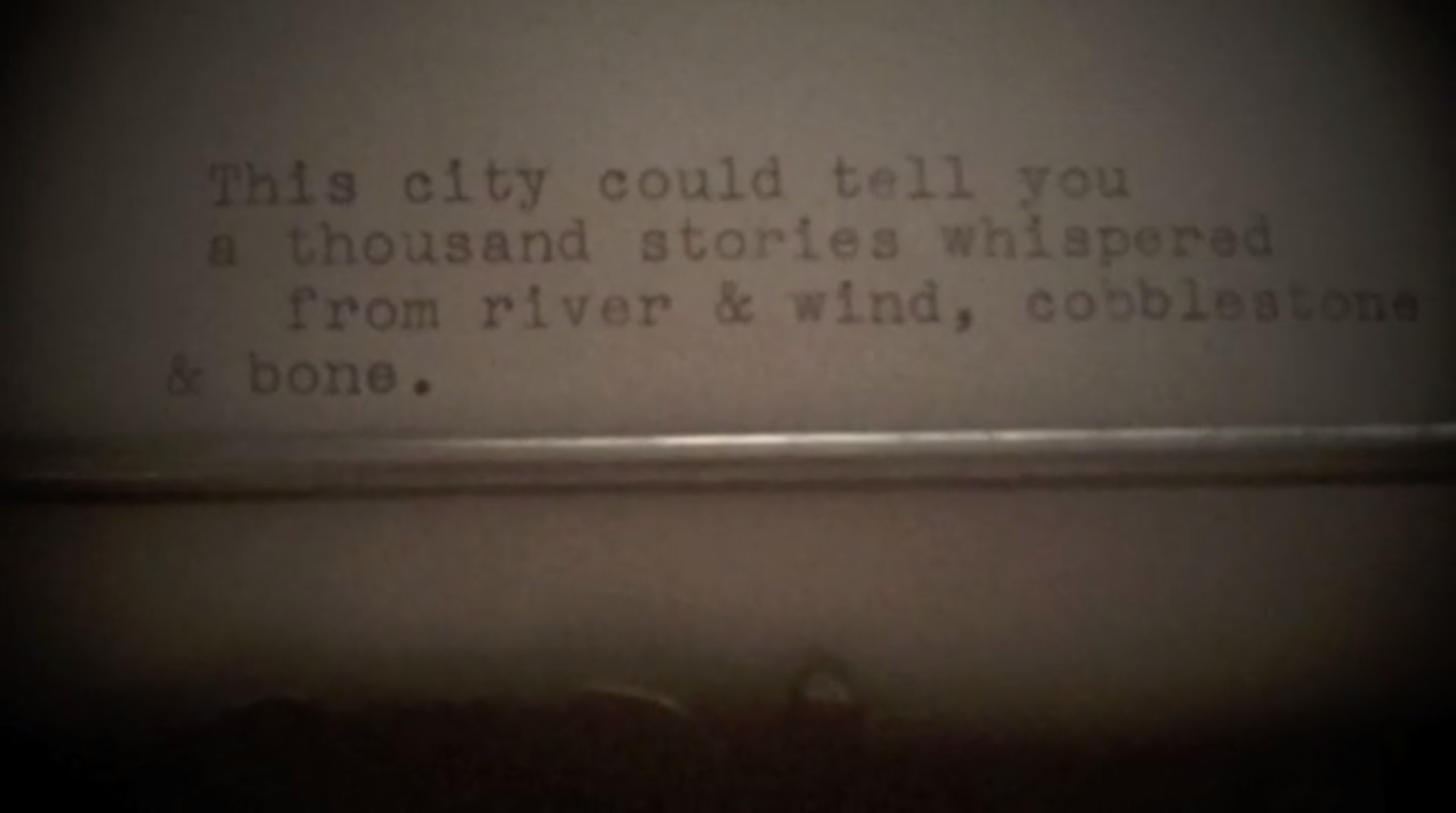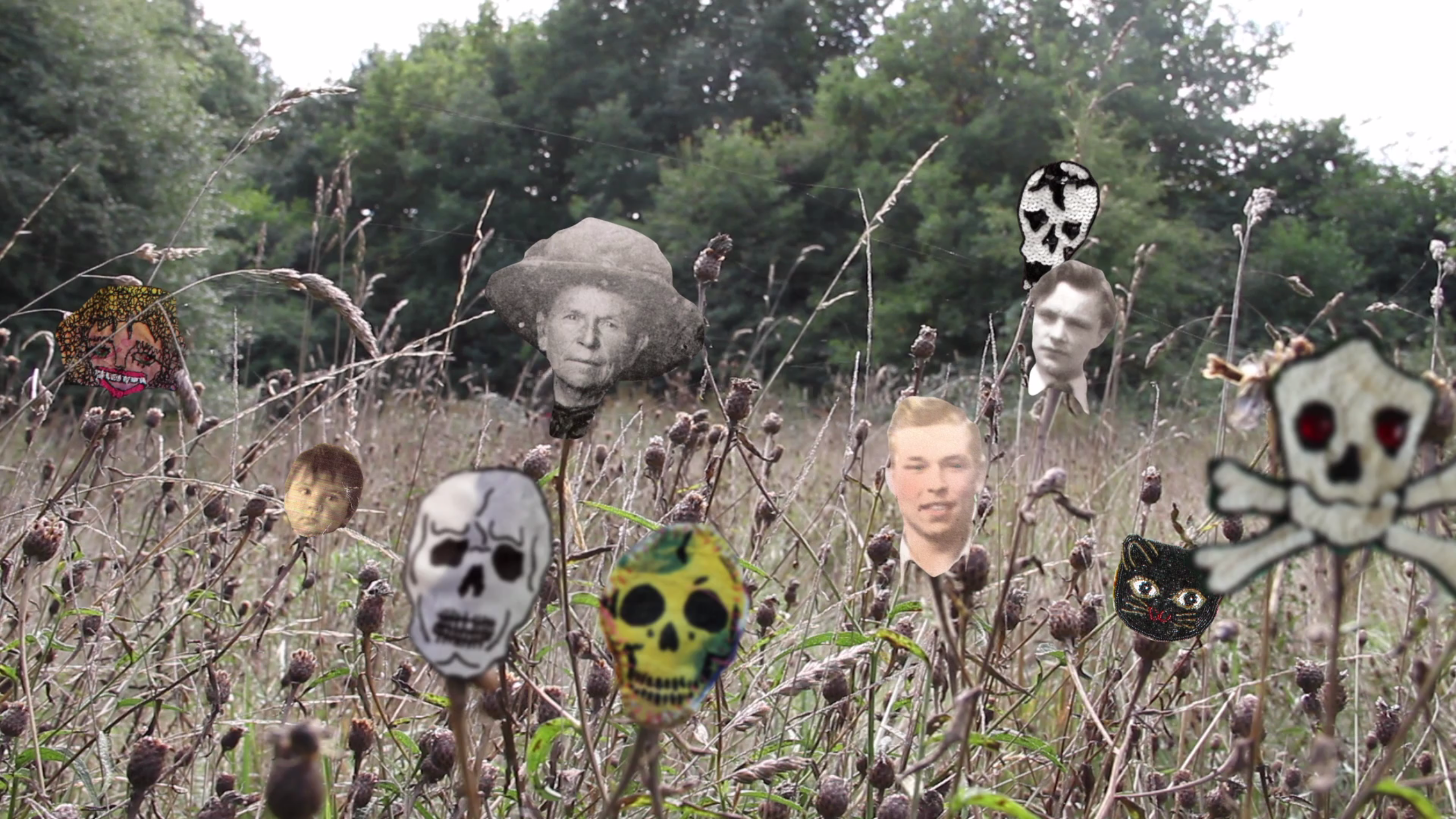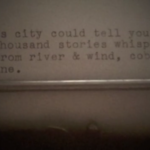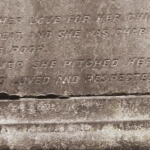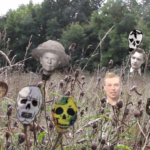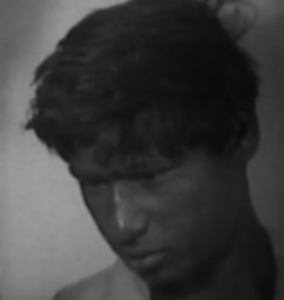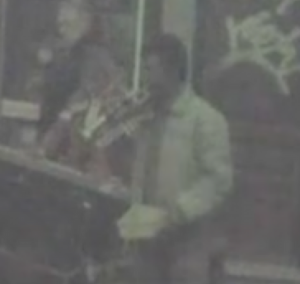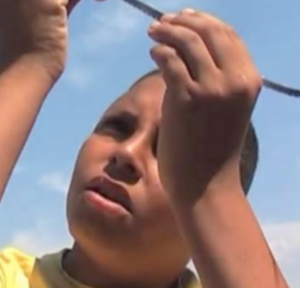Romani Cinema (3)
Romani creations
« Only to the Jews and the Gypsies it happened to be industrially exterminated as people who have been denied the right to share land with other human beings »
Elisabeth de Fontenay,
Actes de naissance. Entretiens avec Stéphane Bou (Seuil, 2011)
Figurative Defamations and Documented Rectifications
The intersection between the avant-garde cinematography and Romani families (Roma, Manush, Gitanos, Gypsies, Travellers, Sinti, Zingari) combines two forms of critical initiatives: visual replicas on the one side, developed against the figurative defamations to which these families are subject, as a work of documented objection and rectification, putting the ideological dimension of imagery into the light; and on the other side, the descriptions and statements made freely, outside of any polemic or prejudice.
The modern history of figurative defamations “starts with the invention of photography” (Menelaos Karamaghiolis, Rom, 1989), e.g. with the images of Romani families, massively co-produced by the police systems, mass media and cultural industry. To the visual regime of the majority of images – that, since the end of the 19th century, have pulled back the comprehension of Romani families into social and moral miserabilism – are opposed the way that documentarists such as Pilar Arcila & Jean-Marc Lamoure, Caterina Pasqualino & Chiara Dambrosio, look at, listen and pay attention to these families. These filmmakers disprove the photogenic aspect of misery, especially thanks to the voice of said families and the emic poetry through which they see life. Additionally, in the face of the fantasy imagery picturing Romani families that is deployed on postcards from the beginning of the 20th century on, to the most recent cinematic fables, artists like Daniel Gontz and Menelaos Karamaghiolis manage to put a twist on these sometimes almost mythological topoi. From a historical standpoint, in the continuity of Peter & Zsóka Nestler, Charmant Rouge dedicates himself to classificatory and police-related images that have accompanied the monitoring, administrative control, detention and later the deportation of Zigeuner by the German authorities. Charmant Rouge also exhumes a voyeuristic aspect from the Austrian archives where Romani are reduced to touristic curiosities, ontologically comparable to prisoners in a zoo. Similarly to Yervant Gianikian and Angela Ricci Lucchi, Charmant Rouge and Menelaos Karamaghiolis show how amateur images gain visual sovereignty within the controlling environment itself.
The Romani Cinema presented here claims on the contrary plurality, complexity and creative initiatives from the Romani families. To begin with, films have affirmed a culture of contact between Romani families and avant-gardes. This contact culture, which appeared with literary bohemianism in the 19th century, lasts into the 21st century, as films by Ben Vine, Tomáš Doruška or Mona Vătămanu and Florin Tudor show it. Their films oppose ostracism and discrimination based on the show that is expulsion and the overpowering longevity of silver halide photography. As part of his cooperation with the Shukar Collective, partly made of gypsy musicians, Daniel Gontz oppose a secular, visual regime to the powerful and ephemeral energy of a music score by VJing. The conditions of the possibility for an encounter become a stake of documentation work, thanks to the ethnologists from the CNRS: Yasuhiro and Kimie Omori undertake a visual improvisation in 16 minutes; Caterina Pasqualino and Chiara Dambrosio study the forms of resistance inspired by flamenco music and the political history of Granada. With Pilar Arcila, the encounter becomes a common enterprise: Le Pendule de Costel (2013) establishes an editing method that is neither alternating nor parallel, but that we could qualify as auxiliary, between her own Super 8 images and the digital ones of a gypsy family. The result is a high density visual experience that is at the same time ethical and aesthetic. With Tomáš Doruška, the encounter becomes a political upsurge. For the first time, a film in Romanès language was broadcasted without subtitles on Czech public television.
As of the end of the 1970s, a properly Romani contemporary art form is developed. It is represented by the works of Katelan Foisy, Delaine Le Bas, Damian James Le Bas and Phillip Osborne, as well as the female authors of the collective film Sárral kevert vér (2014). Their work features the way Romani communities experience time – as a collective memory (Chuvihoni), highly poetic (Rokkerenna), searching for remnants and signs of the English-Romani culture at the heart of the modern, urban space (Delaine Le Bas’ Gypsylands). These works are also the traces of a memory (Sárral kevert vér) and culture (Witches Compass) that were lost following the genocide and the migratory movements it induced. It is through the contact with historical avant-gardes in general, and Taylor Mead in particular, that Katelan Foisy reinvents her history and culture (For a Gadjo). This Romani Cinema repoliticizes and reconfigures space, history, experience, and writing. It brings us a counter-culture “at the avant-garde of our people, of Europe, of the world” (Ethel Brooks), the science of this people about which has been made notice that it is the only one never to have started a war.
Paris, June 24th 2015
Jonathan Larcher, Nicole Brenez.
Romani III. Romani creations
Gypsy Blooz
by Daniel Gontz
Romania / 2005 / 3’41 / digital
A visual improvisation on the music produced by the Shukar Collective.
***
Rite of Spring
by Mona Vătămanu & Florin Tudor
Romania / 2010 / 8’ / Super 8
« This film started with the encounter of the simple and poetic gesture of Roma children lighting ephemeral fires. Burning white fluffy clouds of pollen implies a promise – the promise of renewal and spring. Some of them are street kids, others have a family, some of them have a house and others don’t, or only abandoned houses without a roof. On occasion, their mesmerizing game leads to a bigger fire. This yearly ritual is also a metaphor for the different sparks setting on fire – at the end of the last decade – well established orders and resulting in changes in several societies. » (Mona Vătămanu et Florin Tudor)
***
Dobré srdce (Good Heart)
by Tomáš Doruška
Czech Republic / 1998 / 8’ / 16mm
« The first film ever broadcasted in Roma language on Czech public TV without Czech subtitles, Good Heart is an adaptation of a Roma folk tale recounting an evening in a little cottage house in the countryside. This film took shape following a rewriting of this tale by Milena Hübschmannová, that was published by the Museum of Romani Culture in Brno (Czech Republic). » (Tomáš Doruška)
***
Glasgow Gypsyland
by Delaine Le Bas
United Kingdom / 2013 / 7’ / digital
« To Gypsyland is an archive project and a multimedia practice that explore the urban Travellers communities and the idea of a Gypsyland. Gypsies and Travellers have always been part of the “English pastoral imagination” and the romantic stereotypes of the countryside. But where is the history of urban Travellers and Gypsies in the city landscapes? […] This ongoing project To Gypsyland presents a new picture of what ‘Gypsyland’ has historically been seen as, what it currently is and what it can possibly be. Ideas of nomadism, creativity out of necessity, a language that has its roots in the far East and the diversity of the community will be discussed and re-presented. » (Delaine Le Bas)
***
Rokkerenna
by Phillip Osborne & Damian James Le Bas
United Kingdom / 2012 / 4’ / digital
« This film is the manifesto of the collective Notown Productions. Rokkerenna is a daydream made between the two banks of a river. One owns to the past, from which the missing traces should be bring back through poetry, the other one is made by a present time where “nothing really happens”. “The average day of English Gypsy life, it’s just as boring as anybody’s else is“. Phillip Osborne and Damian James Le Bas represent a perception of time without using the popular iconographies of the gypsy characters and without kind of essentialism. » (Jonathan Larcher)
***
Chuvihoni
by Delaine Le Bas & Damian James Le Bas
United Kingdom / 2014 / 5’ / digital
« The departure point was a belief that in Gypsy culture, as in others, collective memory is retained through four phenomena: past places, past persons; present spaces, present persons. The challenge was to create a sense of these ‘memory spaces’ in the form of a film: a multi-disciplinary, multi-creator approach was essential in order to do justice to the nature of collective memory. A recording of artist Delaine Le Bas in conversation with her grandmother, alongside footage by Damian James Le Bas of traditional Romani stopping places in Hampshire, formed the spine of the piece. » (Delaine Le Bas & Damian James Le Bas)
***
Sárral kevert vér (Muddy Blood)
by Alexandra Sőregi, Szandra Kovács, Cintia Szajkó, Krisztina Varga, Diána Horváth and Brigitta Gulyás
Hungary / 2014 / 4’21 / digital / English subtitles
Made during a workshop, this collective short film recounts the death of hundreds of Roma people during the World War II, and reflects on the verse of the Romani author Choli Daróczi József : « All the Gipsies were taken away. Taken away to dig trenches. The trench deepens slowly. Water bubbles up from its depths. »
***
For a Gadjo
by Katelan Foisy
USA/2013/4’/Super 8
« The city of New Orleans could tell you a thousand stories whispered from river and wind, cobblestone and bone. Three pennies at the crossroads, nine at the gate, and three more at the grave. An old house transformed from a brothel to a keeper of travellers, a history still ingrained in its wood. But here the passageways speak to you. They give you prescriptions on paper scribbled ever so slightly. Here there are no secrets. Only tiny stars that fall to find their place on earth and into the light. Gypsies have two traditions. One is to leave something you own in a place you want to return to. The other is of moon and sun. » (Katelan Foisy)
***
Witches Compass
de Katelan Foisy
USA / 2014 / 4’10 / Super 8
« That film was made for an installation about what plagues us, what makes us feel like an outsider looking in. Roosevelt Island, as many island off of New York City was a plague Islands. Roosevelt Island held the mental institute and also the smallpox hospital. Furthermore, North Brother Island held the hospital Mary Mallon was isolated. Using also war footages, and crow images, my totem animal, this film is a reflection about my own ancestors, their lost culture, and what makes us as outsiders. » (Katelan Foisy)
Images : For a Gadjo (Katelan Foisy, 2013) / Chuvihoni (Delaine Le Bas et Damian James Le Bas, 2014) / Glasgow Gypsyland (Delaine Le Bas, 2013).
